MINERVA BC NEWMAN
CEBU CITY –The Philippines construction market is expected to reach USD 60.08 billion by 2033, growing at a compound annual growth rate (CAGR) of 4.8 percent from 2025 to 2033, driven by government infrastructure initiatives and increasing demand for residential and commercial spaces, according to the Philippine Statistics Authority (PSA).

As the 14th PHILCONSTRUCT Visayas 2025 kicked off on June 19-21 in Cebu, bringing in more than 300 top-tier brands and over 7,000 participants to engage and experience the potentials, growth and development of the construction industry in the country.
The government’s commitment to infrastructure development, including large-scale projects is expected to drive growth in the construction industry. PSA reports said that the Visayas region’s construction industry has shown varying trends in recent years. Construction statistics in the 1st quarter of 2024, the region’s total number of constructions decreased by 2.5 percent to 1,392, down from 1,427 in the same quarter of 2023.
This decline was largely due to a 56.7 percent drop in additions, alterations, and repairs of existing structures. Conversely, non-residential buildings increased by 25.4 percent to 519 constructions in the 1st quarter of 2024 from 414 in the same quarter of 2023.
Residential buildings comprised 59.7 percent of total constructions, while non-residential buildings and additions/alterations/repairs accounted for 37.3 percent and three percent respectively.
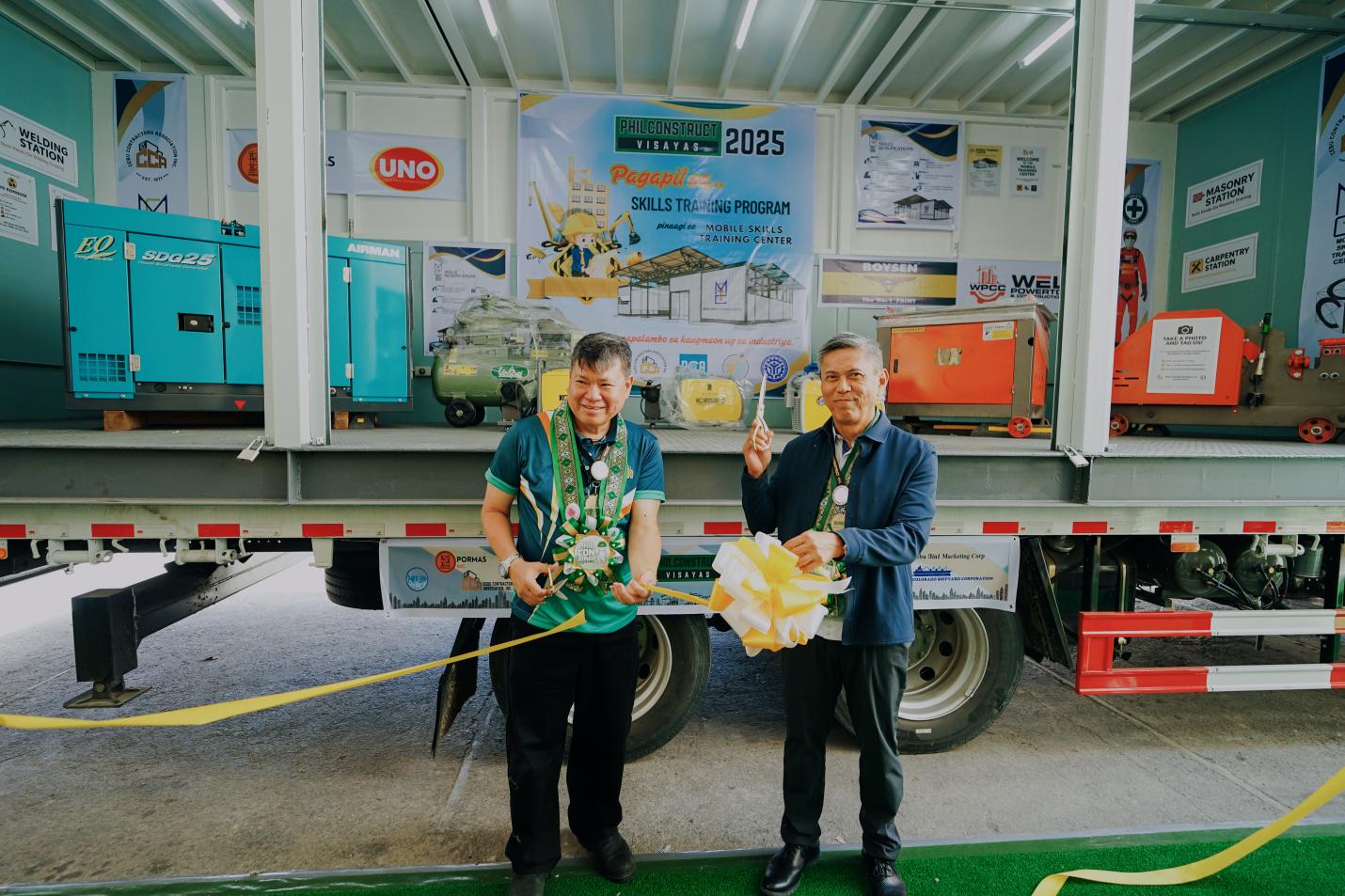
Meanwhile, the total value of constructions in the region reached P3.8 billion in the 1st quarter of 2024, an 8.7 percent increase from P3.5 billion in the same quarter of 2023. Non-residential buildings’ value of construction comprised 58.6 percent of the total value, while residential buildings contributed 39.6 percent.
According to the “Highlights of Eastern Visayas’ Construction Statistics” Eastern Visayas saw a 5.1 percent increase in the number of constructions in the 3rd quarter of 2024, with a total value of P3.8 billion, up 25 percent from the same quarter in 2023. Non-residential buildings drove this growth, with a 52.5 percent increase in value to P2.3 billion in the 3rd quarter of 2024.
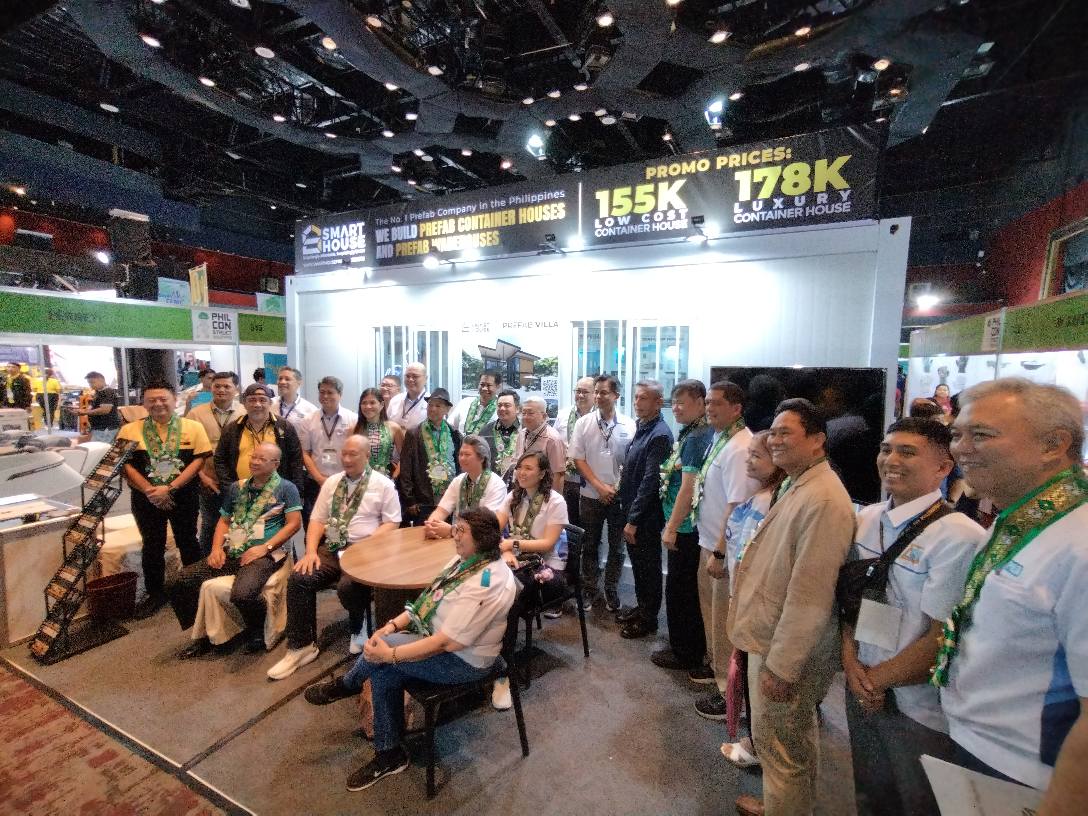
Challenges, opportunities in the construction industry
The construction industry in the Visayas faces several challenges and opportunities that shape its growth and development that include labor shortage, cost overruns and delays, corruption, environmental concerns and regulatory challenges.
Labor Shortage. The industry struggles with a lack of skilled workers and professionals, including architects, engineers, and construction workers. This shortage is attributed to limited training and educational opportunities, an aging workforce, and Filipinos seeking better opportunities abroad.
Cost Overruns and Delays. Unforeseen expenses, fluctuating material costs, and supply chain disruptions lead to project delays and increased costs. Poor productivity and lagging technological advancements exacerbate these issues.
Corruption. Construction companies often allocate a significant portion of their budgets to pay off government officials and employees, compromising project quality and increasing costs.
Environmental Concerns. The industry’s rapid growth generates substantial construction waste and resource consumption, contributing to adverse environmental impacts.
Regulatory Challenges. Complex regulatory frameworks, land-use issues, and zoning policies vary across regions, demanding adaptability from construction firms.



Opportunities are also seen in the construction industry such as Infrastructure Development and government initiatives, Investments in transportation, energy, and digital infrastructure create opportunities for construction companies.
There is a growing interest in Sustainable Construction or green building and sustainable practices presents opportunities for innovation and environmentally friendly projects. Technological advancements like adopting Building Information Modeling (BIM) drones, and 3D printing can enhance efficiency, safety, and productivity.
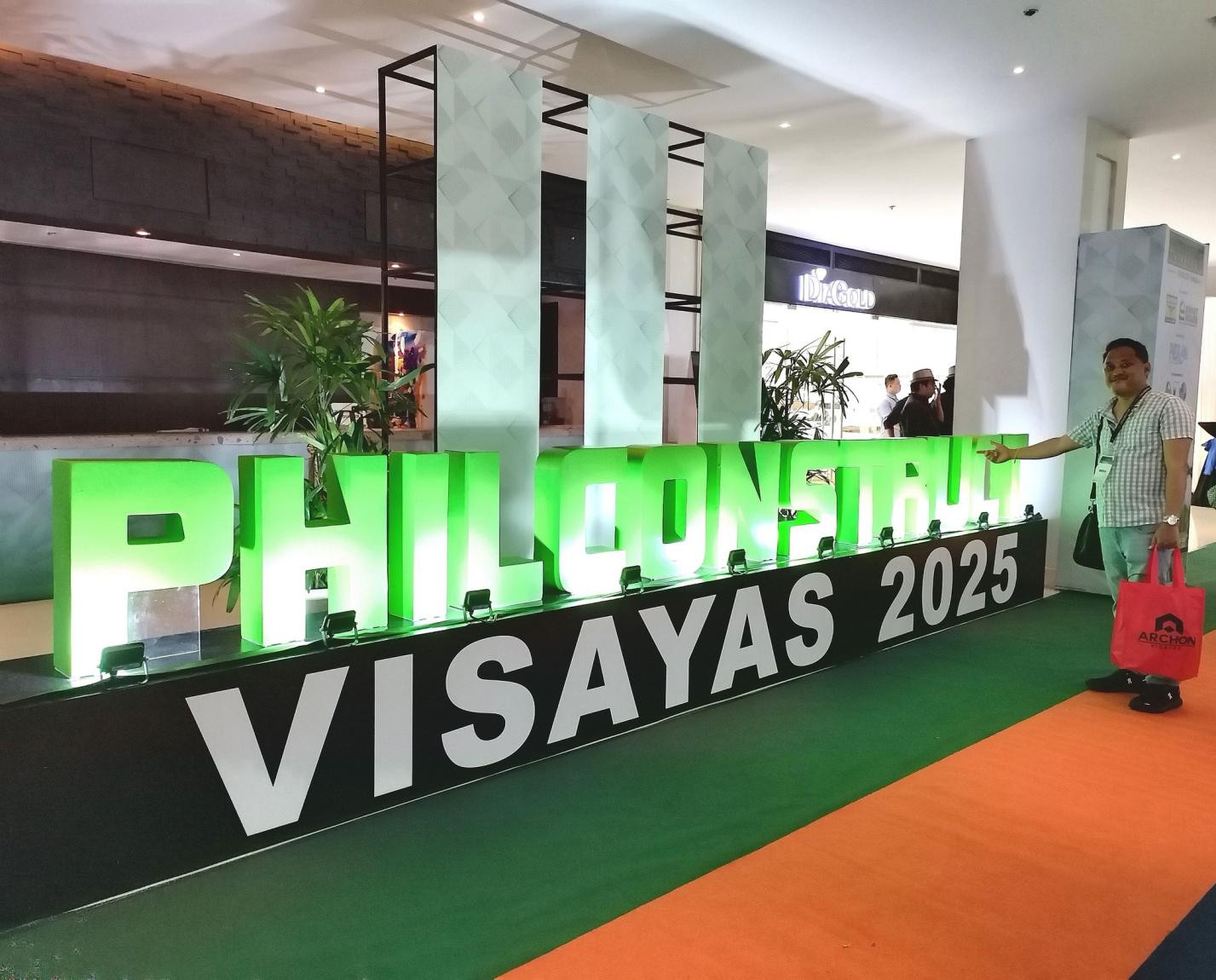
Affordable Housing with government efforts to address housing shortages, particularly for low-income sectors, create opportunities for construction firms; and skilled labor development by investing in training and education programs can bridge the skills gap and develop a skilled workforce.

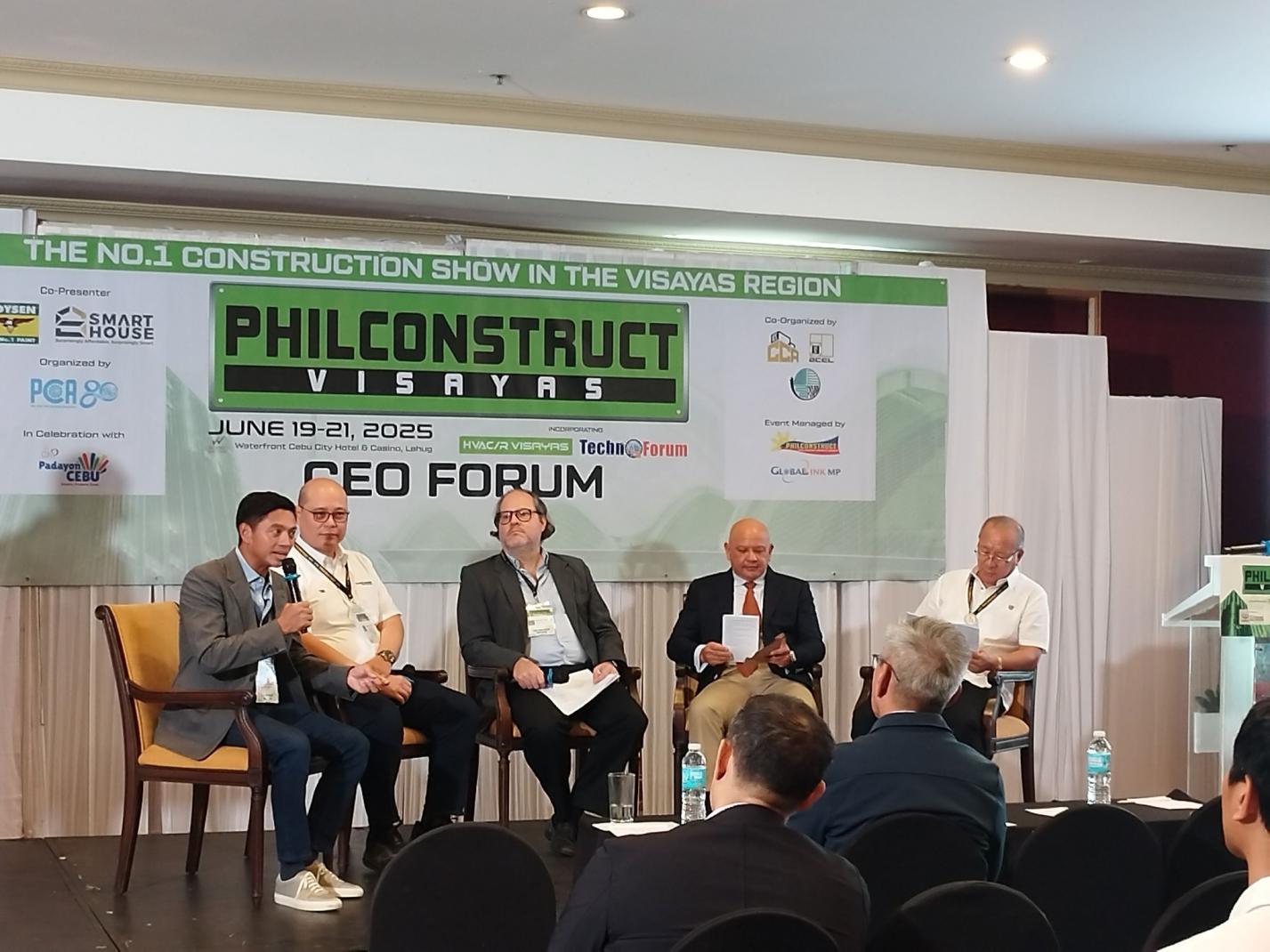
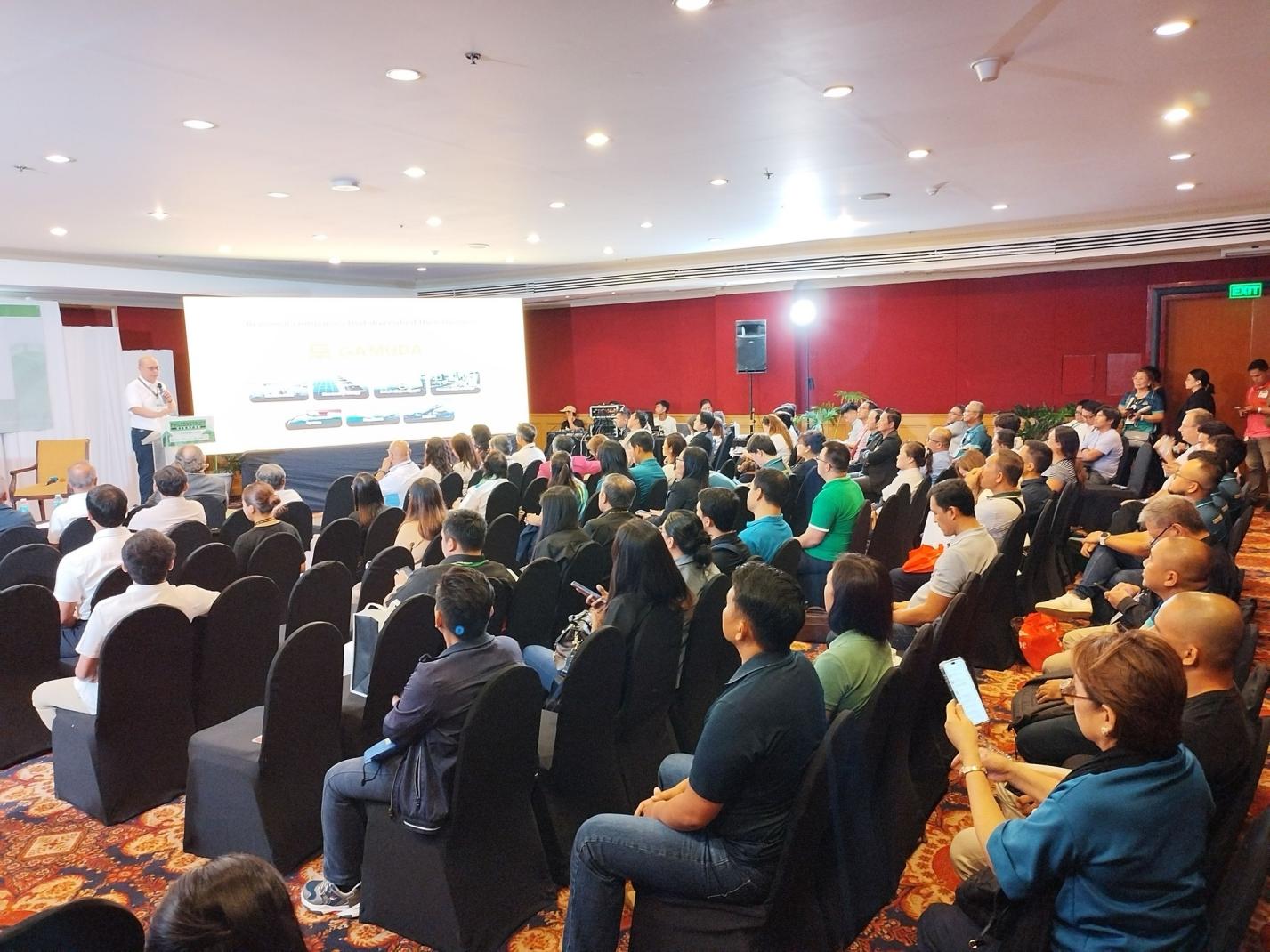
These and more were part of the discussions at the CEO Forum and various sessions during the 14th PHILCONSTRUCT Visayas 2025 on June 19 to June 21 at the Waterfront Cebu Hotel organized by the Philippine Constructors Association (PCA) in partnership with the Cebu Contractors Association (CCA) and managed by Philconstruct Events, Exhibitions and Conference Corp. (PEECC).












